Guide to Ginger Farming in Kenya
Ginger farming in Kenya is getting attention as the country imports most of its ginger while Kenya has the ideal climate for growing ginger.
Grown for its rhizomes, ginger is a spicy, aromatic, and pungent plant that is available in the market in many forms. In Kenya is it commonly used in tea and is the major ingredient in tea masala. It is also known as the famous Stoney ginger-flavoured drink by Coca-Cola.
It is sold as fresh ginger rhizomes, dried ginger rhizomes, ginger powder, ginger essential oil, ginger resin, ginger beer and beer, ginger ale, ginger tablets, ginger salts, ginger juices, ginger spreads, crystallized ginger, and dehydrated ginger.
Contents
Why farm ginger in Kenya
The reason you should consider farming ginger is its versatility, its market demand, and hardiness. Ginger is farmed at altitudes below 1500 metres above sea level. This makes it ideal for most of Kenya’s around and semi-arid regions.
Ginger can be a great commercial product for both the local and export market. Furthermore, one can look at farming ginger for value addition where one can make various ginger-based products. This includes powder blends, juices, ales, essential oils, and even ginger-based cosmetics.
Ginger is used both in food and medicine because of its taste and functional properties. It is used both in modern and traditional medicine to prevent, treat and manage several diseases and conditions.
Ginger Products.
There are hundreds of products based on ginger. These are categorized into seven broad product categories. These are:
- Fresh Ginger
- Dried Ginger
- Preserved Ginger
- Ginger Powder
- Ginger Essential Oil
- Ginger Paste
- Ginger Oleoresin.
Climatic Conditions for Ginger Farming in Kenya
Altitude Requirements for Ginger Farming in Kenya
Ginger is a coastal crop that thrives well in humid areas. In Kenya, it can be grown in areas with an altitude of 1500 metres above sea level and below. This makes the Kenyan coast and lower eastern regions the most ideal areas to grow ginger in Kenya
Rainfall Requirements for Ginger Farming in Kenya
Rainfall of 1000m to 2000m is required when growing ginger. The soil needs to be wet throughout the sprouting period of 2-3 weeks. This means the ideal time to sow ginger is at the onset of the rain season. Supplemental irrigation can be done if the rains are not adequate.
Temperature Requirements for Ginger Farming in Kenya
Ginger does well in hot climates, where temperatures are between 25 degrees Celsius and 30 degrees Celsius.
Soil Requirements for Ginger Farming in Kenya
For optimal development of ginger rhizomes, ging er needs to be planted in well-draining soils. This makes loam and sandy loam soils the most ideal soils for growing ginger. Ginger should be planted in slightly acidic soils with a pH of 5.5 to 6.5,
The soils for growing ginger need to be rich in organic matter. This can be supplemented by applying well-decomposed animal manure to the soil during each planting season at the rate of 5 to 10 tonnes per hectare (2.5 acres).
Preparing Land for Ginger Farming in Kenya
Selecting the site for planting ginger
The first thing you need to do while planting land for ginger is to select the plot where you would like to plant ginger.
When selecting the plot, keep in mind that ginger will take up to 10 months to mature. If you are growing seed ginger, you will need to let it stay on the farm for at least one year. This means you can only grow ginger once a year on one specific plot.
It is also advisable not to grow ginger on the same plot consecutively. Stagger planting ginger on the same plot for 3 to four seasons. This means 3 to 4 years. This is to prevent soil-borne diseases that affect ginger. You can rotate ginger with taro and cassava.
Ginger is susceptible to root-knot nematodes. To keep these pests at bay, It is advisable not to plant ginger on land that had yams, bananas, tomatoes, turmeric, or bele (Abelmoschus Manihot).
The gradient of the land for planting ginger should be relatively flat. Slopes are prone to soil erosion and leaching of fertilizers. Flat areas where water can collect should also be avoided.
Preparing land for planting ginger
The best plot for planting ginger is a virgin plot. The first thing you will have to do is clear the bushes and weeds. Weeds and plants that are susceptible to root-knot nematodes should be burned. The rest of the plants can be mixed into the soil so as to enrich the soil with organic matter.
The next step is manure application. This should be done at the rate of 5 to 10 tonnes per hectare. This translates to 0.5 tonners to 2 tonnes per acre. The manure should be mixed well into the soil. The plot for planting ginger should be left to rest for at least 2 weeks before sowing ginger.
Plough the plot once again before planting. This helps mix the manure well and also makes the soil loose. This also kills nematodes by exposing them to the sun.
Prepare beds that are 30 to 40 centimetres high and 75 to 100 cms wide. The raised row of beds should be 50 cm apart. The beds can be of any length, depending on the topology of the land.
Seed Ginger
Ginger is planted using ginger rhizomes. Basically, these are pieces of ginger. For commercial ginger production, it is recommended that you purchase mature rhizomes, known as seed ginger. These are ginger rhizomes that have been left in the field for at least one year. You will need 1.7 tonnes of seed ginger per hectare. This translates to about 700 kilograms of seed ginger per acre.
Sowing Ginger
Ginger for sowing should be fresh and succulent. Dry or ginger that looks like it is aged should not be planted. It should be 5 inches long, with well-developed growth buds.
After selecting high-quality seed ginger for planting, break it into smaller pieces of 2 inches. Each piece should have one or several growth buds. After breaking, the ginger should be left in the open so as to heal the breakage wounds. If planted with fresh wounds, it will rot in the field.
The small ginger pieces should then be dipped in a fungicide so as to kill any fungus. For organic production, you can dip it in a hydrogen peroxide solution, Epsom salt, or detergent solution. This will not only kill fungus but also bacteria and nematodes that can be passed to your soil.
Plant the ginger pieces on the rows that you had prepared earlier, with a spacing of 15 to 20 centimetres. The ginger pieces should be planted 2-5 centimetres deep, with the growth buds facing up.
After planting, water the soil daily until the ginger starts to sprout. This should be in 2 to 3 weeks. The soil should not dry up during this period.
You can mulch the rows, so as to conserve water, prevent weeds and provide extra organic matter to the soil as the ginger grows.
Weeding Ginger
If the ginger farm is not mulched, you will notice weeds starting to grow by the time ginger starts to sprout.
Weeds are not good for ginger plants as they take some of the nutrients, light and water that would have been used by the ginger plants. Leaving weeds to stay on the ginger farm will lead to a reduced harvest, in size and quantity of ginger. Some weeds will also push their roots through the ginger rhizomes, leading to ginger with holes.
Weeding on a ginger farm is done every 45 to 60 days. If there are many weeds growing in short intervals, shorten the weeding period.
Weeding for ginger farms is done using both chemical and cultural methods.
Atrazine (Atramet, Primagram), a common pre-emergence herbicide can be applied to the ginger farm, after sowing in order to keep the weeds from emerging for the first 2 months. After this, applying any chemical to control weeds is not recommended because it will affect the ginger crop.
After 8 weeks, the ginger crop will have developed enough foliage. From this stage, weeding is done manually, as using chemicals will also kill the ginger plant.
Pest affecting Ginger
Ginger is hardy and is not affected by many pests.
However, the ginger crop can be attacked by nematodes, rhizome scale, fungi, and bacteria.
Appropriate monitoring and control methods should be put in place in order to keep the pests at bay and also remedy the ginger crop if it is already infested with pests.
Diseases affecting Gingers
The major diseases that affect ginger are rhizome rot, soft rot, and root-knot nematodes. These diseases attack the ginger crop, especially the rhizome and roots. Remember ginger is the rhizome and anything that negatively affects it will affect the harvest, both in quality and quantity.
Harvesting Ginger
Ginger will produce about 12 to 15 tonnes per acre. The good thing about ginger is that it can be harvested at different times, depending on the use and market
- Fresh ginger – harvested at 5 months
- Preserved ginger – harvested at 6-7 months
- Dried ginger – harvested at 8-9 months when leaves start to turn yellow
- Ginger for essential oil production – harvested at 8 to 9 months, when leaves start yellowing
- Ginger to be used as a seed – Harvested when the leaves have completely dried
Ginger can be harvested manually or mechanically, where the ginger is dug out using hand tools or mechanical diggers.
Post-harvest handling for Ginger
After harvesting ginger, trim off the roots and wash off the soil. In most African markets, ginger is sold with the skin, while in some markets the skin is scraped off and sold either as bleached ginger or unbleached ginger.
Care should be taken to keep the ginger fresh, and without mould. Fresh ginger should also be handled properly so that it does not ferment.

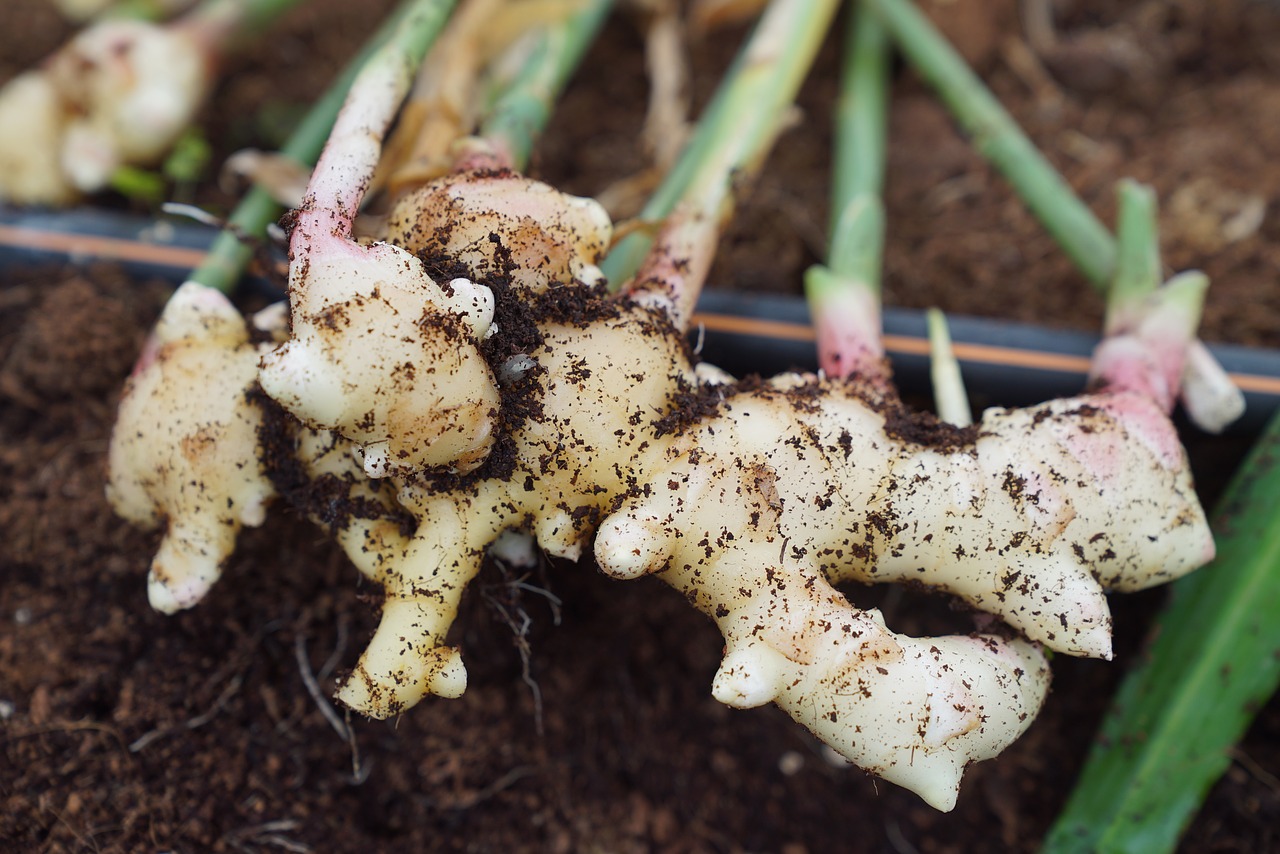
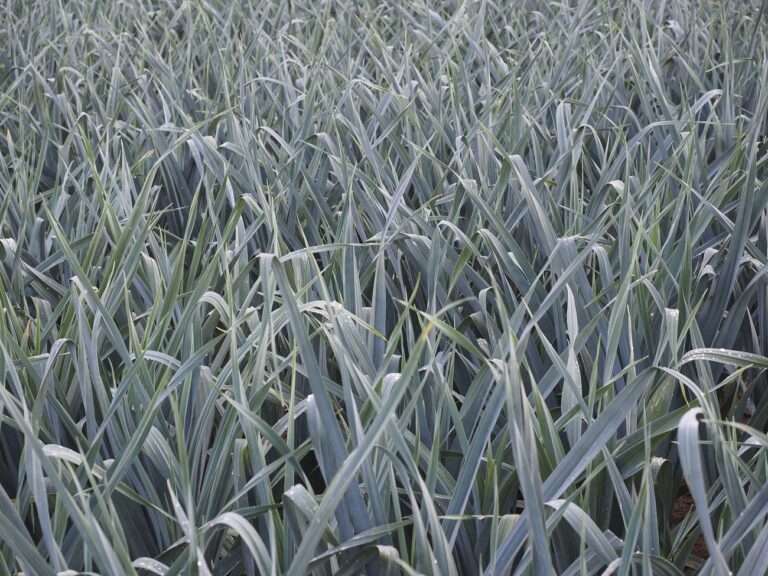
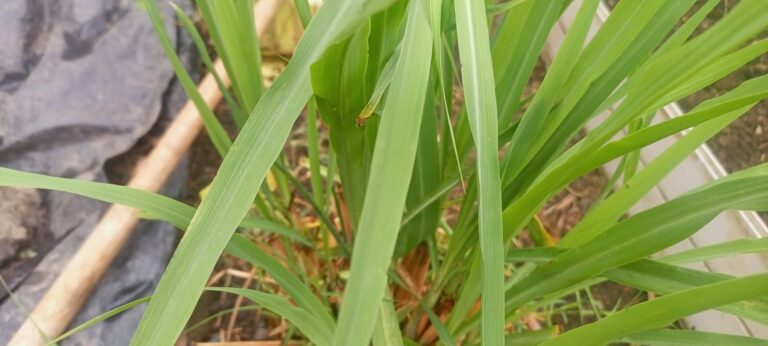

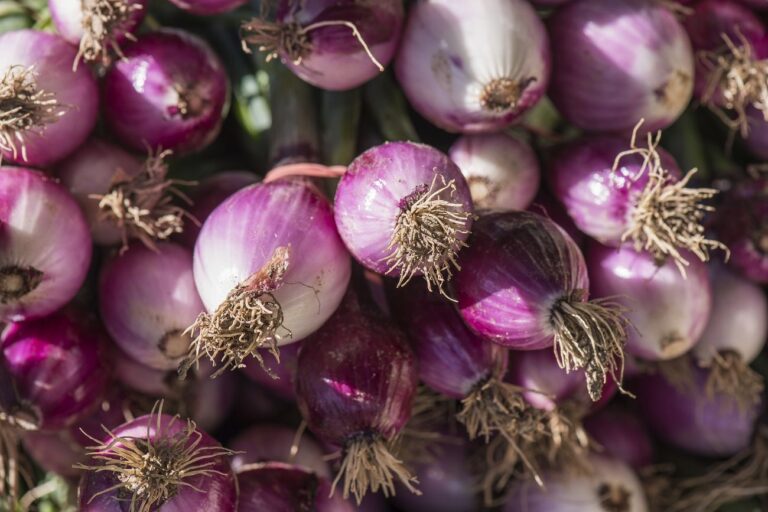
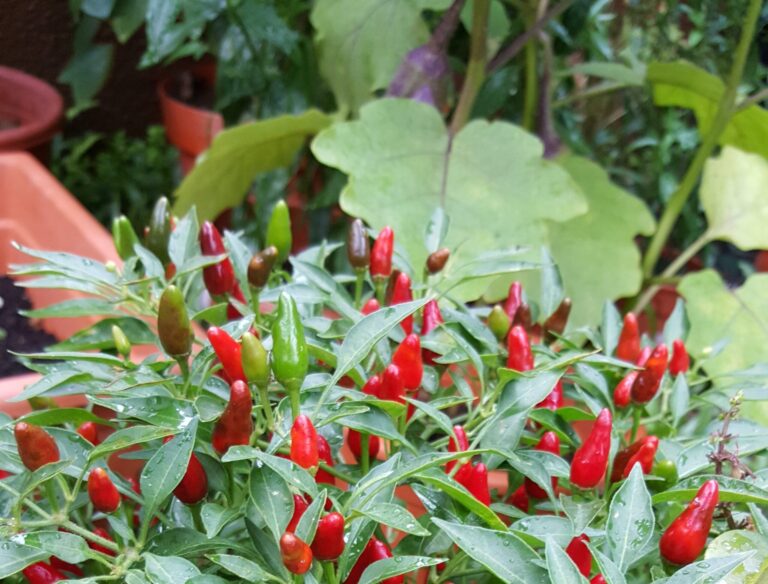
Am trying to figure out what to farm and your so educative